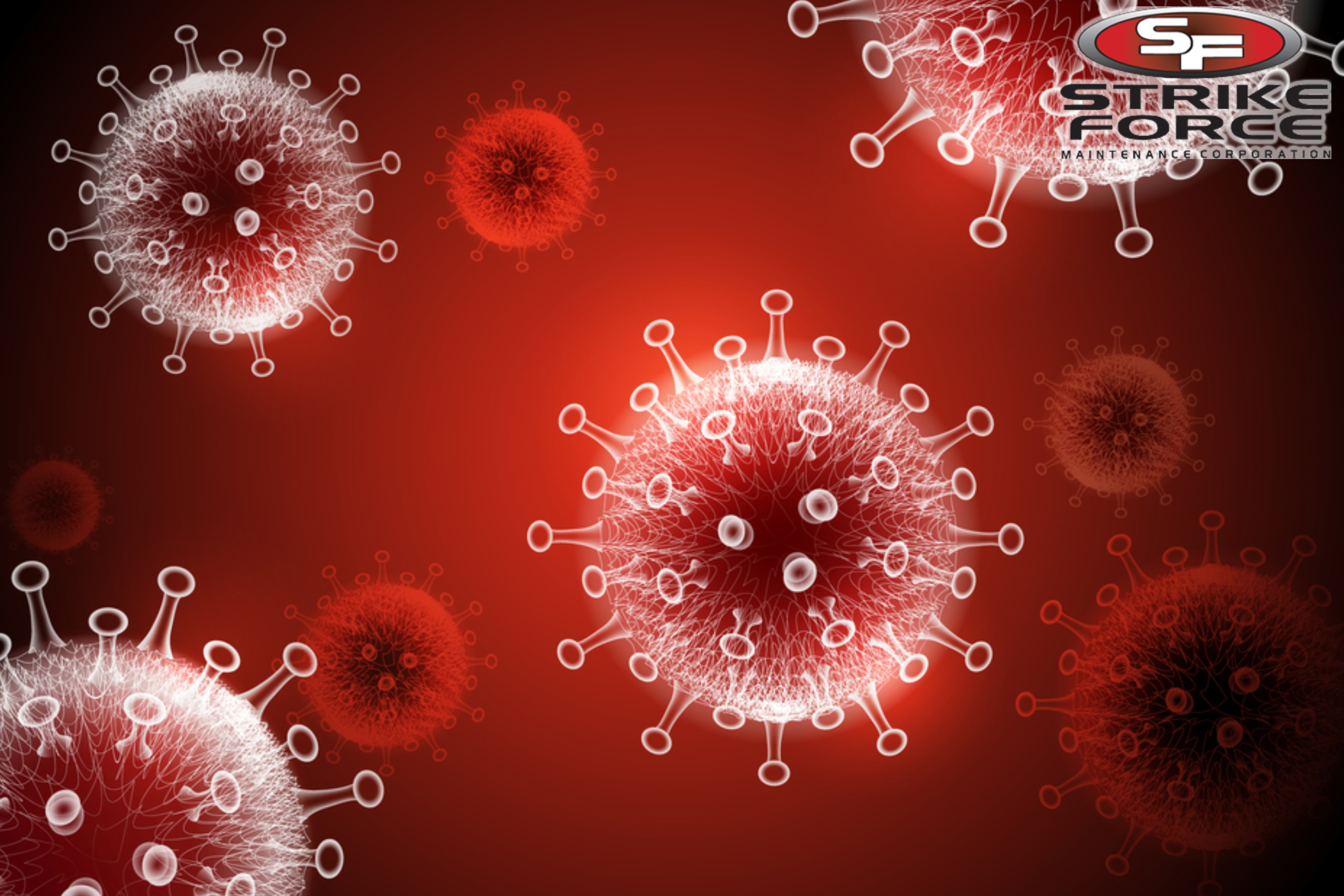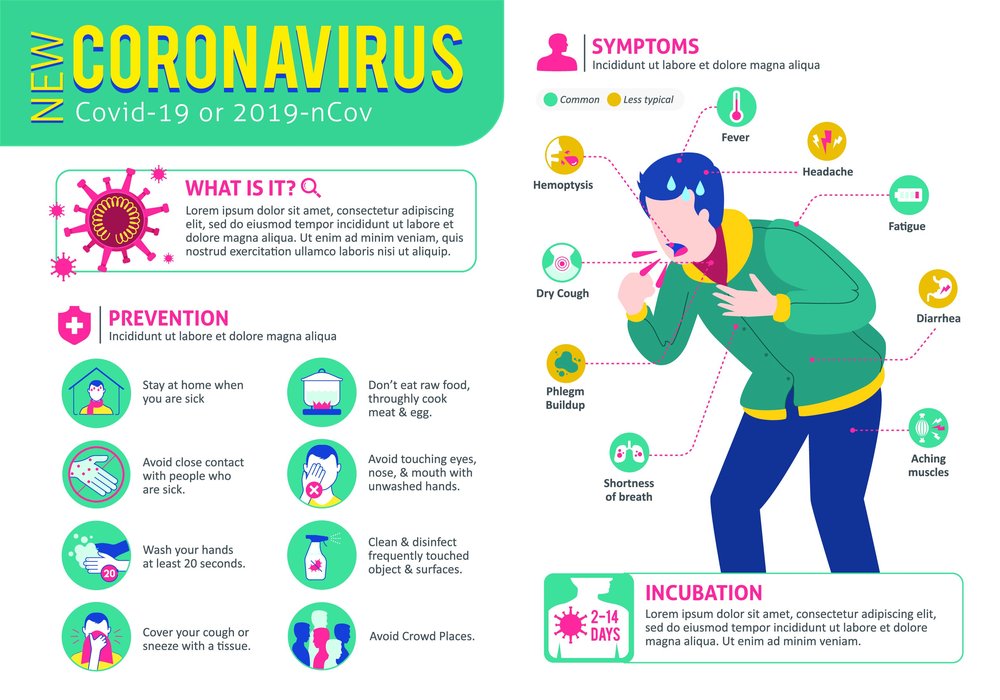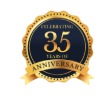
Disinfecting COVID-19 From Your Facility
By William Outcault
Tuesday, March 31st, 2020
In this article, I’d like to provide all of the important facts on cleaning and disinfecting your workplace. At the bottom, you will see all sources of the information. The purpose of this article is to establish a level of transparency between consumers and service providers.
From the beginning of this outbreak, we have noticed both qualified and unqualified companies claiming that they can produce the best service by incorporating equipment that justifies a ridiculous price markup, meanwhile, all they are doing is manipulating your trust.
There is not sufficient data or tests to back Electrostatic Sprayers!
Starting around 2010 or so, a company named Active Ion was all the rage with their claims that their process of Ionizing water into cleaners and disinfectants (the use of an ionizer i.e. Electrostatic Sprayers). The Jan San industry bought into this like hotcakes. Several years later it was proven that Ionized water has zero disinfectant properties and even less cleaning ability. During this time, Tennant introduced Autoscrubbers with Ionized capabilities. Some end-Users saw the end of the expense of chemicals and purchased the high-priced machines. When they found that ionized water would not remove soil, they attempted to introduce chemicals to the machines. Tennant warned them if they did that they would void the warranty.
Active ION could not provide data and test results of killing bacteria and Viruses to the EPA. Sometime later Active ION went out of business.
Today there is still no test data on Ionized water killing bacteria and Viruses.
Stay away from it!
How to Clean and Disinfect Your Office During Covid-19?
Use PPE
To begin, when disinfecting a facility proactively or reactive (before or after a COVID-19 case has occurred) personal protective equipment (PPE) is required. Following the disinfecting, the PPE must be removed carefully to avoid contamination. Immediately after removing your PPE, you should wash your hands with soap and water for 20 seconds if no soap or water is available resort to using hand sanitizer.
The use of face masks
The CDC and NYS Department of Health do not encourage the routine use of face masks, and unnecessary use of face masks can deplete supplies for health care providers and facilities that are providing needed medical care to sick individuals in inpatient settings.
Classify high-touch surfaces
Begin by classifying high-touch surfaces and low-touch surfaces, depending on your facility these classifications might change. This will determine where you will prioritize your time. Keep in mind the goal of cleaning your facility is to maximize efficiency in minimal time. Reducing the time spent by your employee inside the facility will reduce the chances of him/her becoming contaminated. By classifying your high-touch services you have identified the locations where you should allocate most of your time.
Examples of high-touch surfaces:
- sinks
- faucet and toilet handles
- drinking fountains
- elevator buttons
- push plates
- phones
- keys
- remote controls
- doorknobs
- light switches
- handrails
- kitchen appliances
- counters
- drawer pulls
- tables
How to Disinfect
First, be aware of the differences between cleaning and disinfecting. For information on the differences between cleaning, disinfecting, and sanitizing refer here. An area must be cleaned before disinfecting. The most important part of disinfecting is choosing the correct disinfectant. Check your disinfectant’s EPA claims to determine if your disinfectant kills COVID-19. Follow the instructions on the disinfectant’s label, paying close attention to the application method and contact time. We spray from 12 inches away with our personal disinfectant and apply enough so that the disinfectant sits for 10 seconds before drying. In most cases letting the disinfectant sit longer than 10 seconds is suitable.
Soft or porous items
Examples: clothing, bed linens, carpets, and rugs, upholstered chairs, sofas.
For clothing, towels, linens, and other items that can be laundered wash at the warmest temperature possible with your normal detergent and then dry completely. Before washing avoids ‘hugging’ your laundry to avoid self-contamination. Do not shake your laundry before washing.
For items such as a rug, drapes, or upholstered sofa that cannot be laundered, follow the manufacturer’s instructions or use a cleaning product specifically for that item, such as a steam cleaner.
Additional Recommendations
Ensure that all handwashing sinks have clean running water, soap, and paper towels at all times.
Keep alcohol-based hand sanitizers in common areas.
Keep your employees informed of proper precautions! It is advised that your print this document in all common areas to keep your employees informed.

Sources of Information
Centers for Disease Control and Prevention
Failure of Ionized Water Produced by Activeion Ionator to Kill Potential Harmful Bacteria

